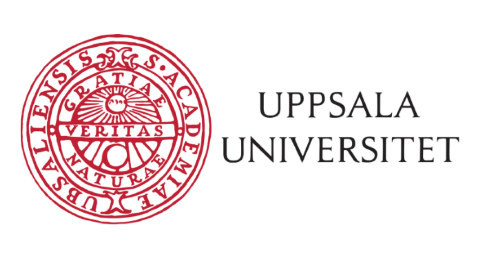Soil fungal communities of ectomycorrhizal dominated woodlands across West Africa
IPT GBIF Sweden
Biology Section, Uppsala University
Dataset type
This dataset that contains primary occurrence data for species.
Description
Forests and woodlands in the Guineo-Sudanian transition zone contain many tree species that form symbiotic interactions with ectomycorrhizal (ECM) fungi, which facilitate plant growth by increasing nutrient and water uptake. Despite their importance for ecosystem functioning and anthropogenic use, diversity and distribution of ECM fungi is severely under-documented in West Africa. We conducted a broad regional sampling across five West African countries using soil eDNA to characterize the ECM as well as the total soil fungal community in two vegetation types dominated by ECM host tree species. Sequencing of the entire ITS region and much of the LSU region allows us to infer a phylogeny for all detected soil fungal species.
This data resource contain amplicon sequence variants (ASVs) generated from the dataset using the procedure established in Kalsoom-Khan et al. (2020) after accessing general read quality and ensuring that the majority of reads fell within the expected length (1-2 kb). In brief, raw sequence reads were filtered and trimmed, and PacBio-type chimeras were detected and removed using the tool cutadapt. Amplicons sequenced in reverse were reverse complemented. Reads were filtered using DADA2, discarding sequences with more than 3 expected errors as well as those with a length outside the range of 1200–1800 bases. Filtered sequences were then denoised using DADA2, with complete pooling and an increased alignment band size of 32. Singleton ASVs are not included in DADA2 denoising output. De novo chimera detection and removal were also performed in DADA2, with a minimum parent overabundance of 3.5 and allowing detection of chimeras with a single base difference from their parent sequence.
This dataset was published via the SBDI ASV portal https://asv-portal.biodiversitydata.se/).
Geographic Description
A total of seven locations with nine sites were sampled: Kota Waterfall (KOTA-G and KOTA-W) in Benin, Kou Forest Reserve (KOUF-G) and Niangoloko Forest Reserve (NIAN-W) in Burkina Faso, Farako Forest Reserve (FA01-W and FA15-W) in Mali, Bissandougou Forest Reserve (BISS-W) and Moussaya Forest Reserve (MOUS-W) in Guinea and Kouadianikro Forest Reserve (KDNK-W) in Ivory Coast.
Methods
Raw sequence reads were filtered and trimmed, and PacBio-type chimeras were detected and removed using the tool cutadapt. Amplicons sequenced in reverse were reverse complemented. Reads were filtered using DADA2, discarding sequences with more than 3 expected errors as well as those with a length outside the range of 1200–1800 bases. Filtered sequences were then denoised using DADA2, with complete pooling and an increased alignment band size of 32. Singleton ASVs are not included in DADA2 denoising output. De novo chimera detection and removal were also performed in DADA2, with a minimum parent overabundance of 3.5 and allowing detection of chimeras with a single base difference from their parent sequence.; https://doi.org/10.3897/mycokeys.81.66249";
Type of content
Includes: Point occurrence data.Citation
Rosling A, Furneaux B, Meidl P (2025). Soil fungal communities of ectomycorrhizal dominated woodlands across West Africa. Version 1.7. Biology Section, Uppsala University. Occurrence dataset. https://www.gbif.se/ipt/resource?r=ps155_westafrica_asv&v=1.7
Rights
This work is licensed under a Creative Commons Attribution (CC-BY 4.0) License.
Digitised records
Looking up... the number of records that can be accessed through the Swedish Biodiversity Data Infrastructure. This resource was last checked for updated data on 15 Dec 2025. The most recent data was published on 21 Feb 2025.
Metadata last updated on 2025-12-15 07:51:26.0
Loading...



